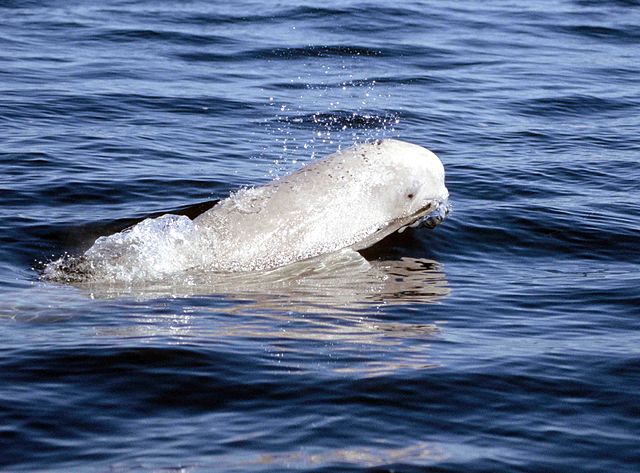
Environmentalist say the federal government should step in to protect an area of Hudson Bay that is the world’s largest calving area for beluga whales.
“The case for protection is just so strong,” said Chris Debicki of the group Oceans North, which just released a report on the southwestern shores of the bay, where more than 55,000 of the white whales gather every year.
“There’s nothing like this on the planet.”
Every year, tens of thousands of belugas migrate from their winter ranges to the mouths of the Seal, Nelson and Churchill rivers.
Scientists suggests the whales — one-quarter of all the belugas in the world — are drawn by the shallow, warm water that is ideal for calving. The river estuaries also protect the calves from killer whales while providing abundant meals of fish and bottom-dwelling shellfish.
The area is also rich with 170 species of migratory birds and one of the world’s most southerly populations of polar bears.
The wildlife is crucially important to Inuit communities, which have left a rich archeological record from centuries of occupation along the western shore of Hudson Bay.
It’s also becoming a significant tourism resource for Manitoba, which bills the area’s wildlife as one of its marquee draws.
Debicki said Ottawa should turn the region into a national marine conservation area.
Canada has two such areas — one in Georgian Bay in Lake Superior and one in the St. Lawrence River. Two others — one in a different part of Lake Superior and one in Gwaii Haanas off the British Columbia coast — are in advanced planning stages.
A fifth, on the eastern gate to the Northwest Passage, is also planned.
Oceans North has been urging Parks Canada to create a conservation area for the belugas since 2012 and the federal government announced its intention to do so in the 2017 budget.
Debicki said it’s time to start moving.
“The federal government hasn’t come up yet and talked to folks.”
Creating a conservation area would also help Canada meet its promised target of protecting 10 per cent of its marine areas and coastline by 2020, Debicki said.
“It’s an important test case,” he said. “If we can’t protect these places of tremendous abundance, we’re in trouble as a country.”